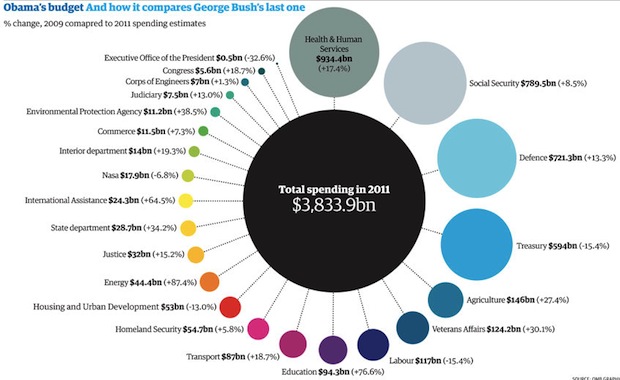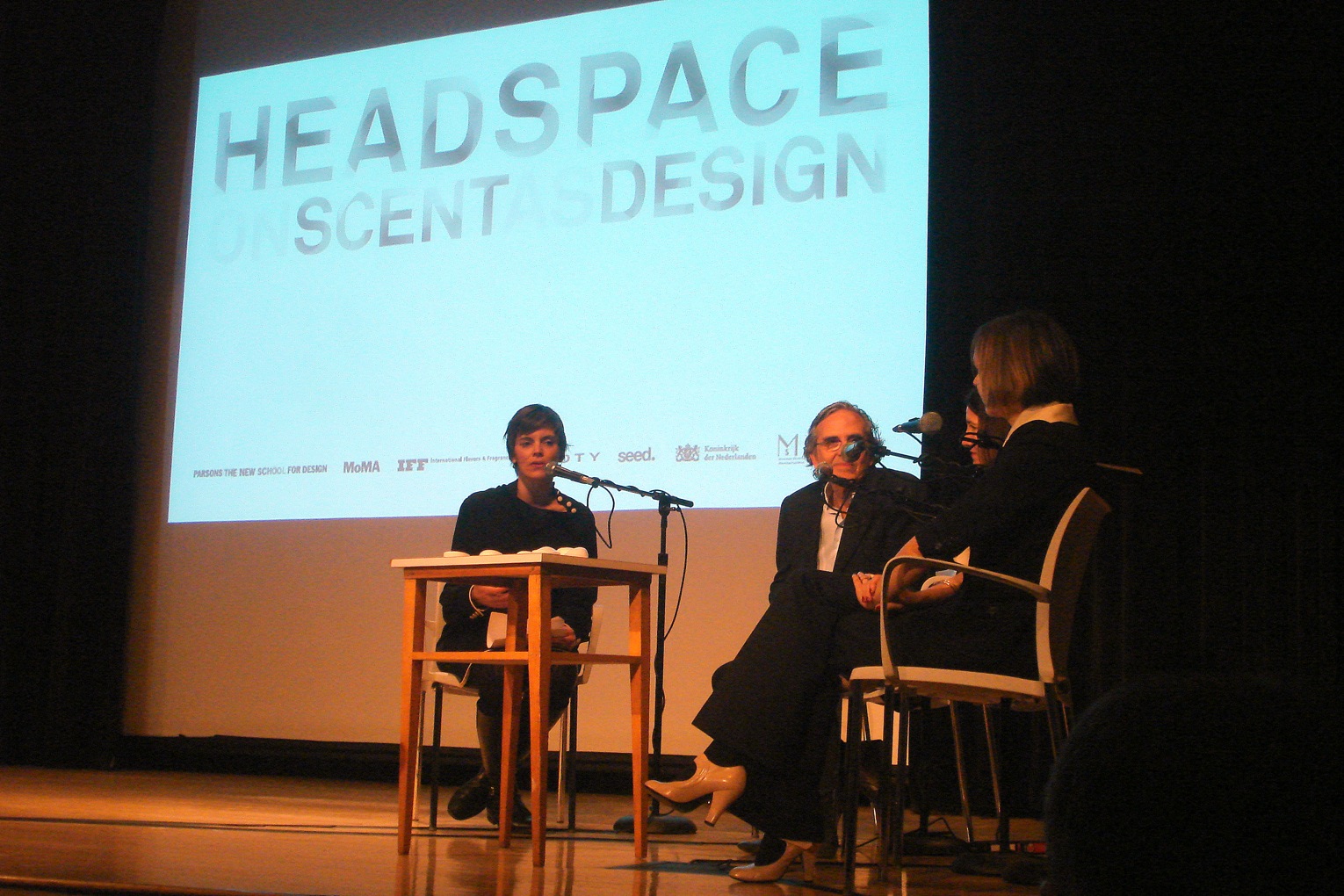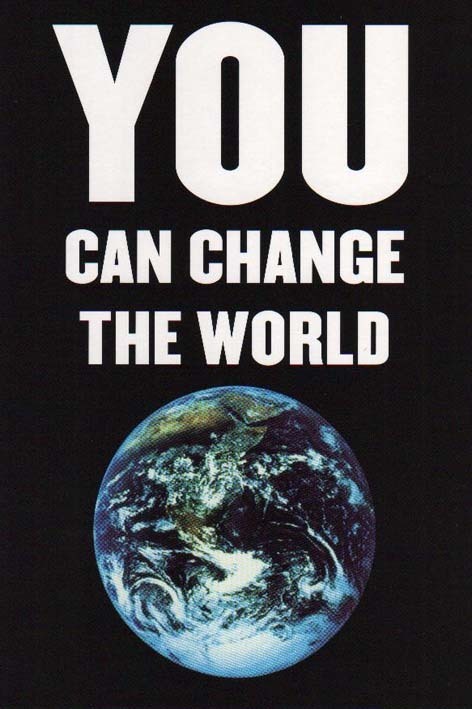May 16th, 2010
We gamble because we experience the hope of winning, in some cases such as a lottery ticket, winning more than we could ever otherwise hope to obtain. The payback for gambling is hope and dopamine.
A recent study in the Journal of Neuroscience, Gambling Severity Predicts Midbrain Response to Near-Miss Outcomes, provides additional detail. The study found that a near-miss (or the perception of almost winning) produces the similar neurological reward as a win with the effect being most intense in problem gamblers. Check out this article on the Telegraph for an overview of the study.

The continued hope of winning is what keeps us gambling because the mental energy (excitement, adrenaline and dopamine) is nearly equivalent to what we get for a win.

Posted in Behavior Change, Cognitive Bias | 2 Comments »
May 12th, 2010
 Some of the most powerful cognitive designs work because they trigger powerful neurochemicals that act as natural drugs in our brains and bodies. With the right mix of features and functions a design can produce dopamine, serotonin, adrenaline, Oxytocin and other high-octane sources of mental energy.
Some of the most powerful cognitive designs work because they trigger powerful neurochemicals that act as natural drugs in our brains and bodies. With the right mix of features and functions a design can produce dopamine, serotonin, adrenaline, Oxytocin and other high-octane sources of mental energy.
An interesting recent example, For Comfort, Mom’s Voice Works Well as Hug, was reported on in the ScienceDaily. Research on young girls under stress showed that they released as much Oxytocin when receiving a hug from their mother as they did a phone call. This has interesting cognitive design implications especially if it holds for other socialization-driven neurotransmitter effects.

Posted in Technique | No Comments »
May 11th, 2010
 The 28th International Conference of Human Factors in Computing Systems or CHI 2010 was held in Atlanta this April. The proceedings are filled will provocative innovations will strong cognitive design implications. Three examples are given below.
The 28th International Conference of Human Factors in Computing Systems or CHI 2010 was held in Atlanta this April. The proceedings are filled will provocative innovations will strong cognitive design implications. Three examples are given below.
1. Emotichair which allows you to directly feel the emotional content of music.
2. Skinput a new interface technology that turns your hand, arm or other parts of your body into an input device!

3. Using Health IT to help construct identities through storytelling and improve diabetes management.
Interested to hear from readers than attended or just know about cognitive-design relevant findings from CHI 2010.

Posted in Events, Related Fields | No Comments »
May 10th, 2010
 Rosemarie Garland-Thomson, a professor from Emory University has published a new book, Staring, How We Look, that is loaded with cognitive design insights. Some examples:
Rosemarie Garland-Thomson, a professor from Emory University has published a new book, Staring, How We Look, that is loaded with cognitive design insights. Some examples:
* Unpredictable sights cause us to stare and we both crave and dread them.
* We stare as a show of dominance, to flirt, and as an automatic reaction to unexpected sights (response to novelty).
* Those people and scenes that are visually unique (from very attractive to physically deformed or disturbing) can have a special influence over our thoughts and behaviors including attraction-repulsion, obligation, buying behavior and the like.
* As a response to novelty staring can cause a dopamine release.
The book includes 13 chapters looking at the why, what and where of staring. Check out this YouTube video introduction or press release. You can get some of the content for free on Google books.

Posted in Books, Examples | No Comments »
May 9th, 2010
 Bottled water is a bit of a mystery. Its use has exploded and it is mainly purchased by people that have a nearly free source of water in their homes. We are paying a lot for something that is nearly free.
Bottled water is a bit of a mystery. Its use has exploded and it is mainly purchased by people that have a nearly free source of water in their homes. We are paying a lot for something that is nearly free.
I have long argued that the popularity of bottled water stems from satisfying a cognitive need that tap water from our homes does not. And I am not talking about portability. An interesting new book by Peter Gelick, Bottled and Sold: The Story Behind Our Obsession with Bottled Water, puts some teeth behind that argument.
Gelick, a renown water expert, drives down into the history, science and current use of bottled water to reveal the primary cause, namely our belief that bottled water will make us “healthier, skinnier, or more popular.”
There is little or no science to support this. The benefits of bottled water like the benefits of a new book on a fad diet or the purchase of a lottery ticket lie mainly in the hopefulness they make us feel. In short, the value is derived nearly exclusively from the mental state (think-and-feel) created by its use. A clear case of cognitive design in action.

Posted in Books, Examples, Psychographics | 12 Comments »
May 4th, 2010
 The Psychiatric News recently published an interesting article, Brain Training Maybe the Next Fitness Craze. It has an important message for cognitive designers – there is a significant and growing market for evidence-based designs that improve the cognitive performance of health people.
The Psychiatric News recently published an interesting article, Brain Training Maybe the Next Fitness Craze. It has an important message for cognitive designers – there is a significant and growing market for evidence-based designs that improve the cognitive performance of health people.
“The market for brain-fitness products and interventions amounted to about $265 million in 2008; by 2015, the sales figure is projected at $1 billion to $4 billion, according to William Reichman, M.D., a professor of psychiatry at the University of Toronto and president and CEO of Baycrest, an academic health center at the university that focuses on aging issues.”
Although avoiding or minimizing age-related cognitive decline is a keen focus now there is definite demand for brain boosting at all ages.
Consumers of all ages want to boost their cognitive abilities and prevent age-related decline. Schools want to know whether cognitive training can enhance children’s learning ability while controlling attention and behavioral problems. Corporations, sports teams, and the military are interested in the potential of increasing the cognitive performance of their employees.
But what options do designers have? There is an enormous array of claims and approaches in brain training and the empirical evidence is just starting to emerge.

I’ve started systematic research into this issue in January. I am sharing sources and insights on a new blog, YourNextBrain! I invite you to visit, browse and contribute resources and observations of your own.

Posted in Cognitive Training | No Comments »
May 3rd, 2010
Displaying information in new graphical representations to deliver more cognitive impact over traditional approaches is what infographics is all about. They seem to be popping up everywhere.
The US government is offering $40K in prize money to would-be infographic designers that can take the huge amounts of data about the government and render it more transparently to citizens.

[click on image for better view]
Deadline is May 15th and you can enter at Design for America. You might want to check out this 1-minute video that contrasts infographics to more traditional representations of text and data.
 A very interesting example was recently highlighted in Fast Company, Almost Genius: Plates Double as Nutritional Infographics. Thanks to Heather Daigle for sending the link. The idea is to use an infographic to provide a Nudge to help us make better decisions about eating well. Fast Company is high on infographics and offers an Infographic of the Day.
A very interesting example was recently highlighted in Fast Company, Almost Genius: Plates Double as Nutritional Infographics. Thanks to Heather Daigle for sending the link. The idea is to use an infographic to provide a Nudge to help us make better decisions about eating well. Fast Company is high on infographics and offers an Infographic of the Day.
I am looking for good resources that examine the connection between applied cognitive science and infographics. Thanks.

Posted in Technique | No Comments »
May 2nd, 2010
Designing artifacts that help us sustain positive behavior change is a grand challenge problem for cognitive design. Often what is required is a wrap-around or makeover of a new technology or intervention that is failing to produce the behavior change that was expected. Take for example, electronic health records. Just implementing the technology does not lead to the changes in clinical and patient behavior needed to improved safety, better health outcomes and more efficient operations.
 For a more global example, consider the new technologies for personal energy management. I will save energy and help the environment (lower carbon emissions) if I know more about how much energy I am using, which appliances are using it efficiently or not and how my consumption compares to others in my neighborhood and various social networks.
For a more global example, consider the new technologies for personal energy management. I will save energy and help the environment (lower carbon emissions) if I know more about how much energy I am using, which appliances are using it efficiently or not and how my consumption compares to others in my neighborhood and various social networks.

The New Scientist has an excellent article, Innovation: Only Mind Games will make us save power, that discusses these new technologies and the psychology that surrounds them. The author describes both wrap-around and makeover designs that are emerging and offers some insights into the mind of consumers when it comes to saving energy. The insights include:
- Economic savings are too small to motivate behavior change
- Peer pressure is a relevant motivator. “We turn off the lights because we think others do”.
- Information about about energy use can help shift behaviors especially if it is personalized. One study indicated behavior change went from 5% to 80% when personalized information is used.
- Peer pressure and personalized information are not enough, producing only a 2-3% energy reduction when at least 10 times that is required.
- It may be necessary to use smart meters that monitor the environment and automatically adjust consumption and communicate with energy suppliers. See for example, the Adaptive Occupancy Control Technology.
The article cautions that these findings are based on a few preliminary studies and more research is required. Hopefully, some of that research will have a stronger cognitive design bent. More specifically, we need to explore how to apply related design patterns (e.g. successful behavior change efforts to make driving safer) and define better ways of creating mental energy (meaning, emotion, pleasure, etc.) to trade for behaviors that save energy in the home and lower carbon emissions.

Posted in Behavior Change, Examples | 4 Comments »
May 1st, 2010

A one-day symposium, Headspace, was held in New York to explore the broad design implications of scent. Seed magazine covers it with a great slide show, The Scent of Design. It is worth a look from a cognitive design standpoint. One item that caught my interest:
Yuka Hiyoshi and Ayse Birsel of Birsel+Seck worked with thier perfume team to explore the profound connections between memories and scents. They decided to craft odors based upon the concept of “threshold moments”—life experiences that are at once deeply personal and yet collectively shared by nearly all people. Hiyoshi and Birsel’s objects are designed to fit in the palm of your hand, playing on the powerful capacity of scent to capture a specific moment in time.
These threshold moment are birth babyhood, puberty, sex, partnership, empty nest and death. The objects are pebbles and prototypes are shown below.


Posted in Examples, Memory, Psychographics | No Comments »
April 28th, 2010
 Scientific American is running a World Changing Ideas Video Contest. You need to enter a 2-5 minute video that demonstrates how you can help build a cleaner, safer healthier world by June 14th. No prize money just fame!
Scientific American is running a World Changing Ideas Video Contest. You need to enter a 2-5 minute video that demonstrates how you can help build a cleaner, safer healthier world by June 14th. No prize money just fame!
There will be a winner, two runners up as well as a viewer’s choice award in each of the following categories:
1. Energy
2. Transportation
3. Environment
4. Electronics or Robotics
5. Healthcare or Medicine
I hope to see many cognitive design ideas. Please leave a comment here and share a link to your submission video.

Posted in Events | 1 Comment »














